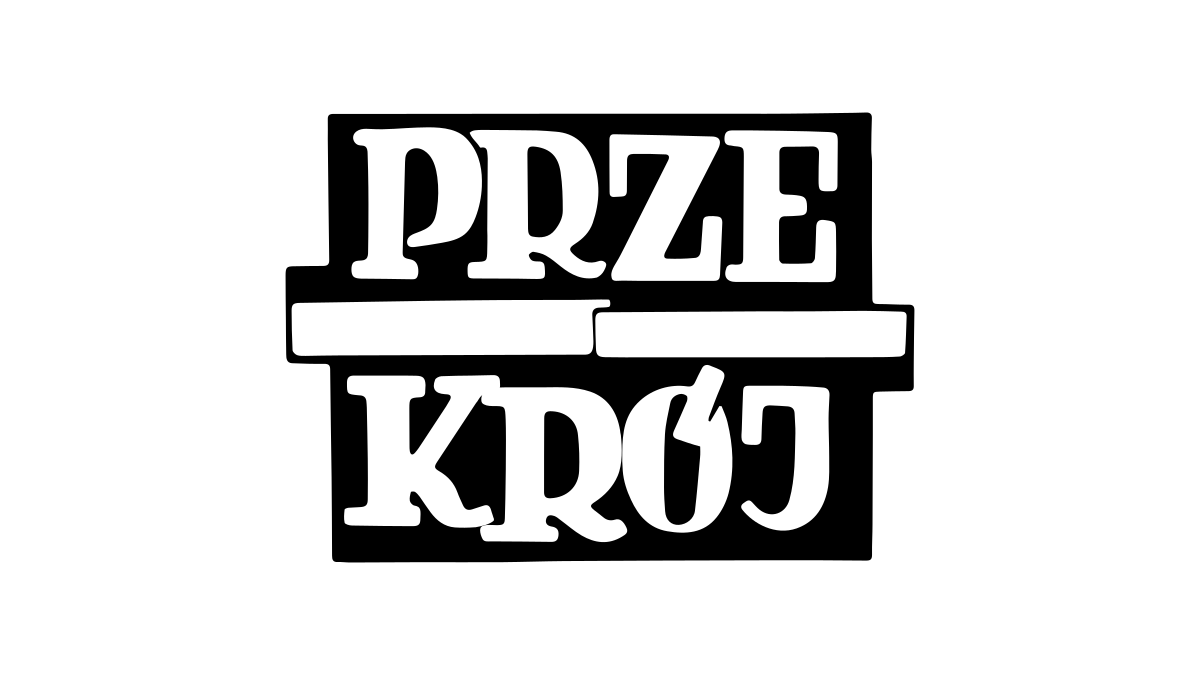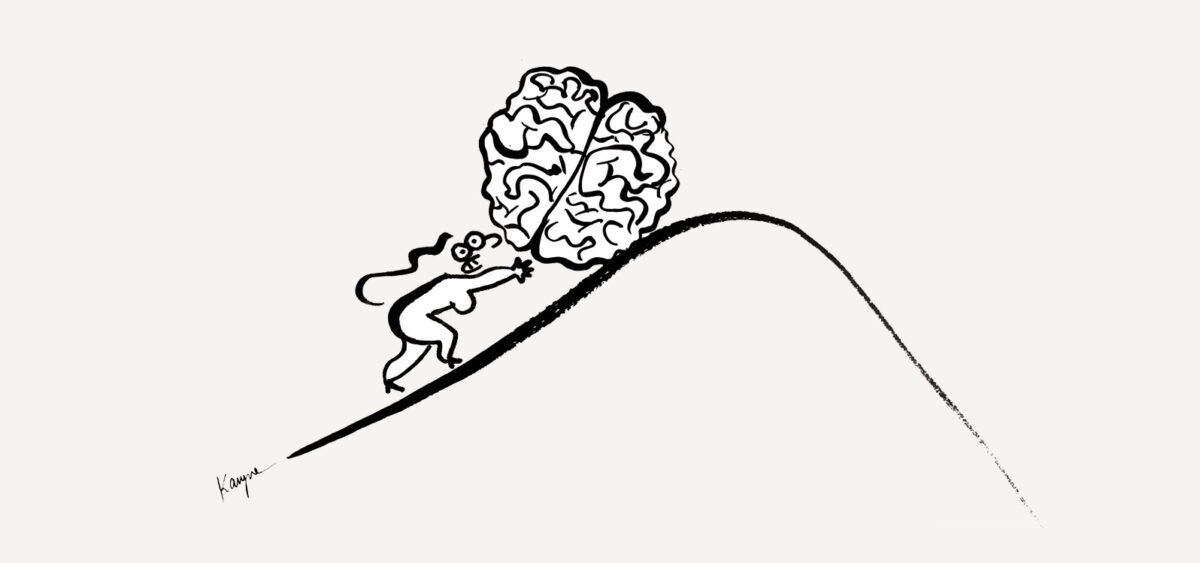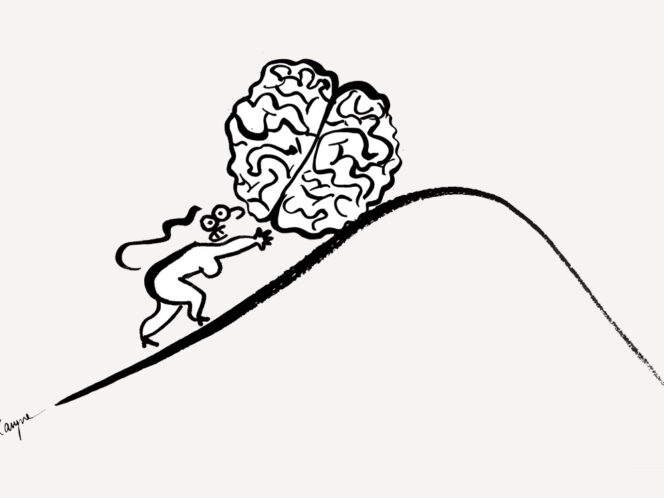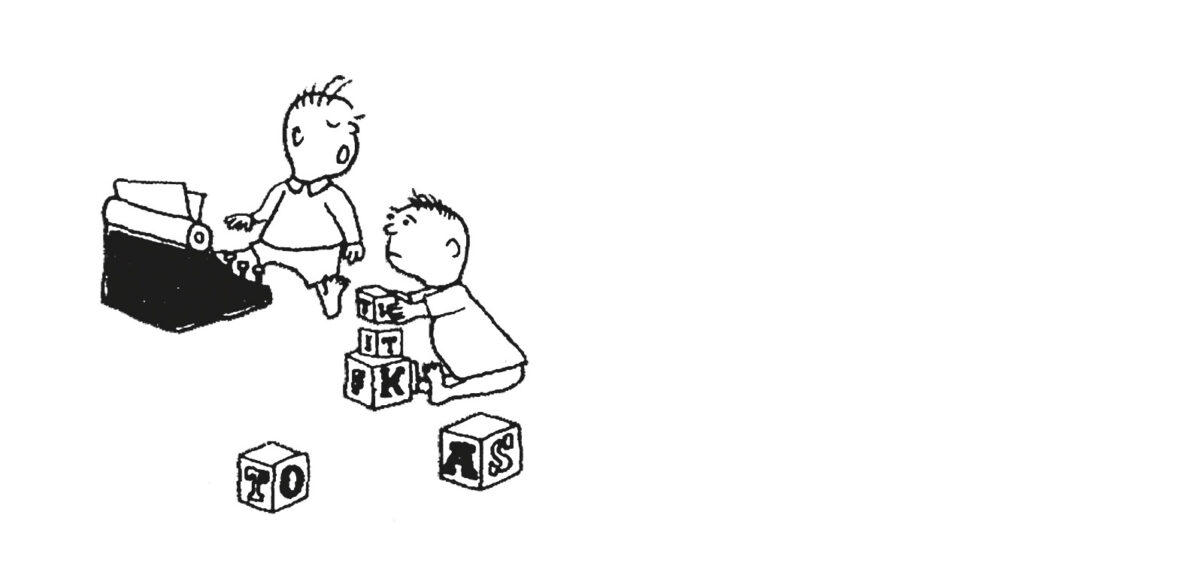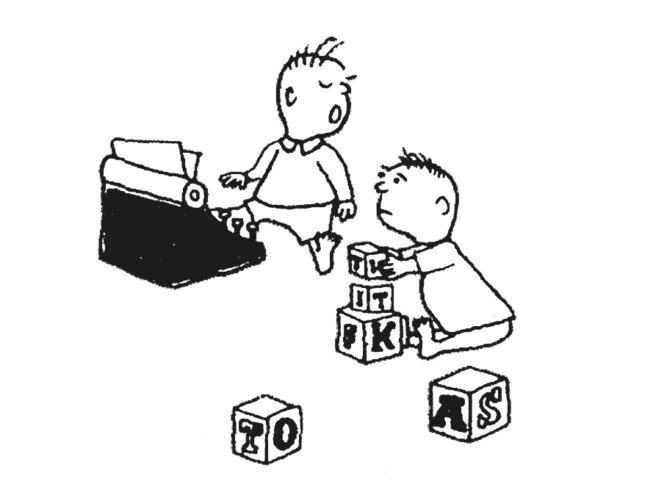
The tricky period of adolescence is not only about raging hormones and intergenerational conflict, but also about structural changes emerging in the brain. Aleksandra Pezda talks to the neuroeducationalist Marek Kaczmarzyk.
The human brain is born prematurely. In the past, scientists believed that by the time the brain reached six years old, it was pretty much similar in construction and capabilities to an adult brain. Now we know that it reaches maturity only at about the 25th year of life. In truth, it never stops developing. I spoke with the biologist and neuroeducationalist Marek Kaczmarzyk – author of textbooks and co-creator of school syllabuses – about it. His latest book, Strefa Napięć [Tension Zone] addresses the phenomenon of difficult adolescence in light of the latest discoveries in neurology.
Aleksandra Pezda: Neurobiologists today say that the human brain is born prematurely. What does this mean?
Marek Kaczmarzyk: It means that we are born with a brain much less developed than in other mammals and it takes much longer for our species’ brain to develop after birth. Scientists put this phenomenon down to the social functioning of Homo sapiens. While our closest cousins, the chimpanzees, lived and live in groups of about 30-60 individuals, humans gradually increased the size of their groups. In the end, by the time our ancestors had reached an anatomical shape similar to that which we have today, they would create groups of around 150 individuals. In order to function well within such a large group, they needed a brain with greater capabilities. It is believed that our brains began to enlarge over the course of evolution. But everything comes at a cost; a large brain is a problem at birth. How is it possible to force a large skull down through the birth canal and not kill the mother? Biology found a solution: humans are born when their brains are not yet fully mature.
What is the connection between the size of the brain and the formation of large social groups?
As part of a la
